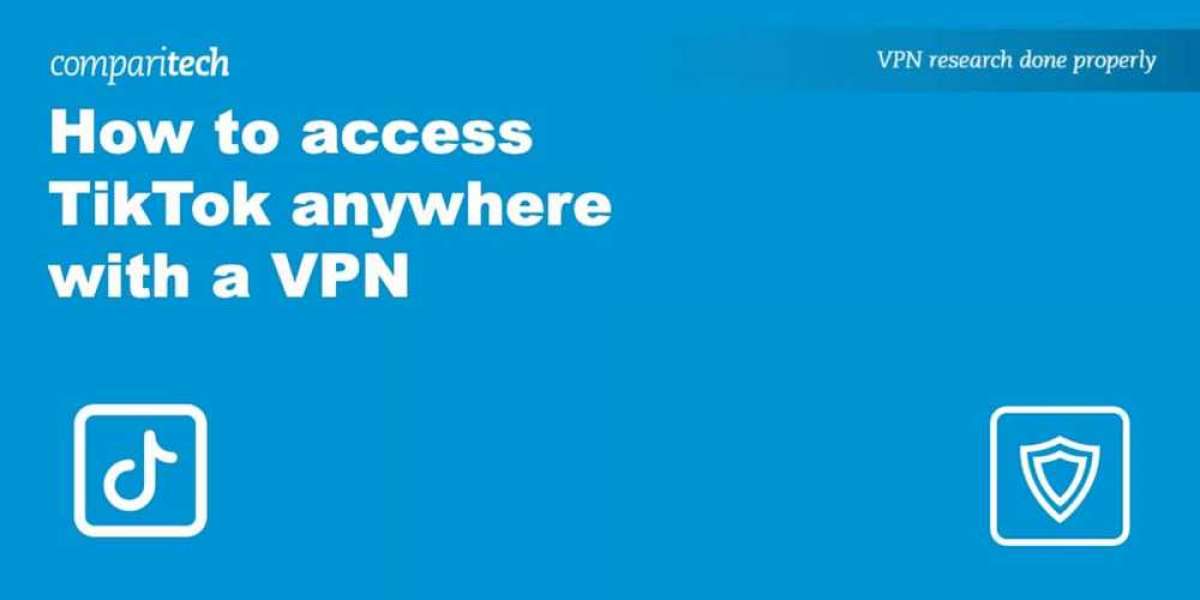Selecting the right software for EEG analysis isn’t just about speed or visualization—it’s about whether the tool actually works with your research, your data pipeline, and your long-term goals. With so many platforms offering features like artifact rejection, real-time feedback, and customizable workflows, it's easy to get distracted by extras while missing what really matters: integration.
Your EEG platform should not only handle data capture but also support preprocessing, analysis, and interpretation in ways that fit your current structure—not force you to rebuild it. The best EEG software won't ask you to change how your lab operates. Instead, it will enhance what’s already working and offer modular expansion where needed.
Know Your Existing Architecture First
Before reviewing software features or pricing tiers, you need a clear picture of your current setup. This includes your acquisition hardware, signal preprocessing pipeline, analysis toolkit, data storage, and even what kind of user interface your team is comfortable with.
Key Questions to Ask
- What hardware are you using for data acquisition?
- Is your team using MATLAB, Python, or proprietary tools for preprocessing?
- Are you working with real-time data or batch analysis?
- What format do your current data outputs use (.edf, .bdf, .csv, etc.)?
- Are your storage and security protocols already standardized?
This self-audit will help filter out platforms that can't meet baseline compatibility requirements, saving you from shortlisting tools that demand workflow overhauls.
Compatibility With Input Formats and Devices
No matter how powerful a tool is, if it doesn't support your current file types or work with your amplifier, it's a dead end. Good EEG tools should support:
- A broad range of input formats (EDF, BDF, CSV, HDF5)
- Direct data streaming from commonly used hardware
- Open APIs for integration with acquisition software
If you're locked into a specific ecosystem, look for tools that are hardware-agnostic or offer clear bridge options to your preferred devices.
Workflow Modularity and Customizability
Neuroscience labs vary in focus—from cognitive task mapping to sleep research to neurofeedback. As such, EEG software must support flexible workflows that match your specific research design.
Features to Prioritize
- Event tagging and epoch creation that fits your task protocols
- Independent component analysis (ICA) and other denoising tools
- Spectral, time-frequency, and source localization modules
- Ability to insert custom scripts or plugins into the pipeline
The goal is to choose software that grows with your protocols—not one that dictates them.
Preprocessing Capabilities That Respect Your Standards
Clean EEG data is essential, but how the software handles filtering, artifact rejection, and referencing can greatly affect your results. You need tools that:
- Let you define your own filter settings
- Offer manual and automatic artifact marking
- Support interpolation, re-referencing, and baseline correction
- Allow transparency in all transformations for reproducibility
Look for platforms that don’t bury these processes inside black-box operations.
Real-Time vs Offline Analysis Options
If your project requires real-time feedback—say, for BCI applications or closed-loop neurostimulation—you’ll need software that can process and react to data as it's captured. But not all labs need this, and some platforms may trade real-time capabilities for depth in offline analysis.
Determine What You Need
- Are you streaming data directly into stimulus delivery systems?
- Do you need to classify cognitive states during task execution?
- Is latency control part of your research design?
Pick a platform that either supports real-time mode natively or integrates cleanly with external tools that do.
Data Management and Export Features
Even the best EEG software is only as good as its ability to store, share, and export results. Whether you’re working with large-scale datasets, team-based annotation, or replication protocols, you’ll want software that supports:
- Cloud storage integration (optional but useful)
- Custom tagging and session notes
- Export in analysis-ready formats
- Role-based access if you're in a multi-site project
The less manual file handling involved, the more consistent your data hygiene will be.
Documentation and Community Support
Once the software is installed, you're not done—you're just beginning. Choose platforms with:
- Thorough, searchable documentation
- Active development and update logs
- Forums or user communities for troubleshooting
- Available support for onboarding and training
Even technically strong software becomes a bottleneck if your team can’t access help fast enough.
Licensing and Budget Flexibility
Academic labs and clinical researchers often have budget constraints. While many tools offer tiered licenses, look for:
- Free or open-source options for evaluation and prototyping
- Lab-wide licensing instead of per-seat restrictions
- Features that don't disappear after a trial ends
- Clear cost structures without hidden fees
Make sure the pricing model aligns with how you operate—especially if you expect your user count to grow.
Integration With AI or Machine Learning Pipelines
If you're planning to apply machine learning to EEG data, look for tools that support:
- Export of structured, labeled data
- Compatibility with Python libraries like MNE, SciKit-Learn, or TensorFlow
- Feature extraction modules for classification tasks
- Optional use of embedded ML models inside the tool
Even if you don’t need this today, having ML hooks can future-proof your choice.
Final Thoughts: Match the Tool to the Task
The right software won’t just run your EEG data—it will help you accelerate insight, reduce manual processing, and keep your research pipeline efficient. But that only happens when the platform fits your infrastructure, your team’s skills, and your research objectives.
While many tools offer glossy demos or auto-generated reports, real value comes from reliability, control, and integration. Before buying into a feature set, map it to your actual workflow needs. The best platform isn’t the one with the most bells—it’s the one that gets out of your way and makes your analysis faster, clearer, and more defensible.
And if your pipeline includes downstream applications like EEG spike detection, make sure the software offers accurate marking tools, customization for detection thresholds, and compatibility with external review or ML systems. That’s where seamless integration stops being a bonus—and becomes essential.








